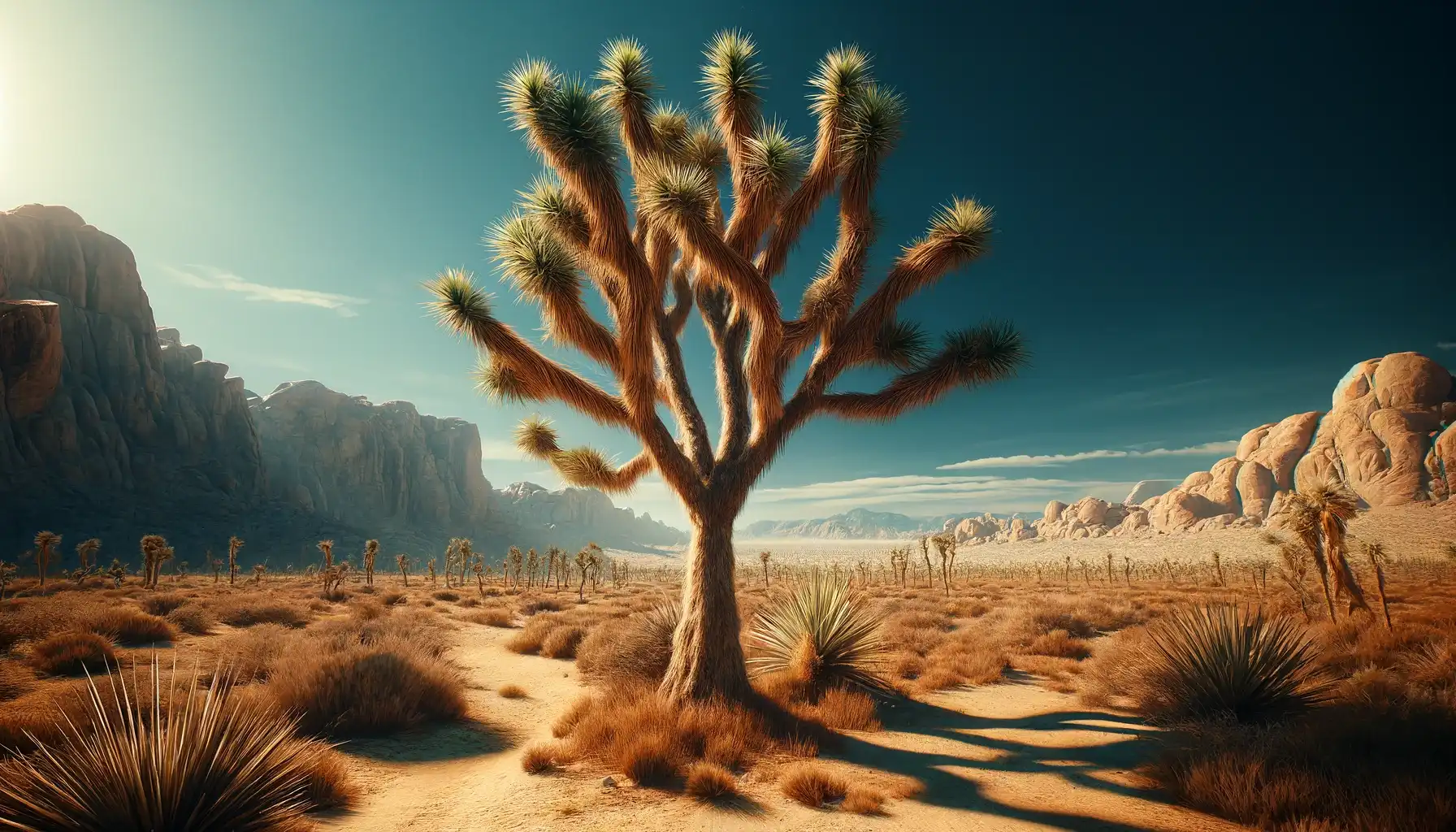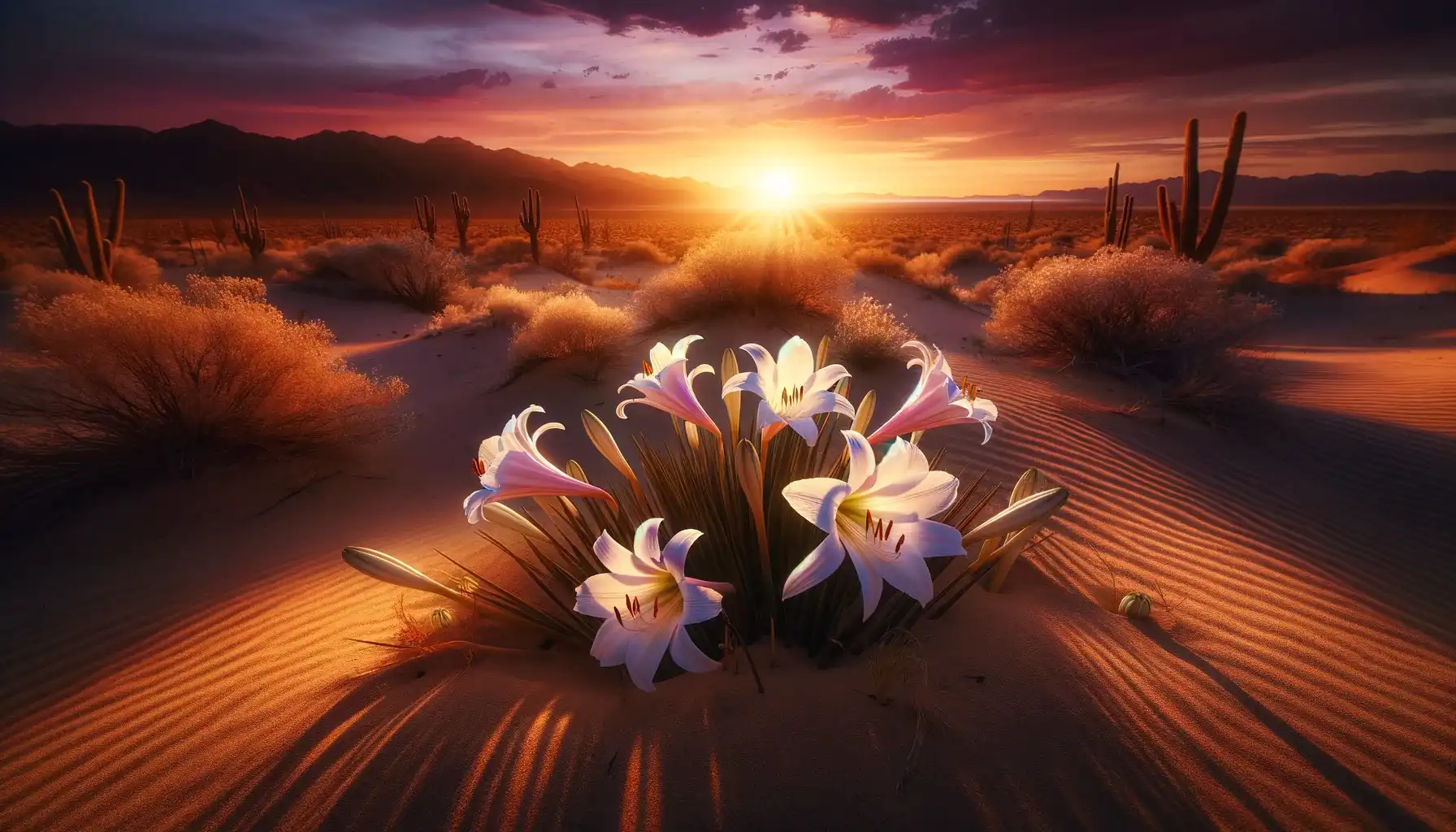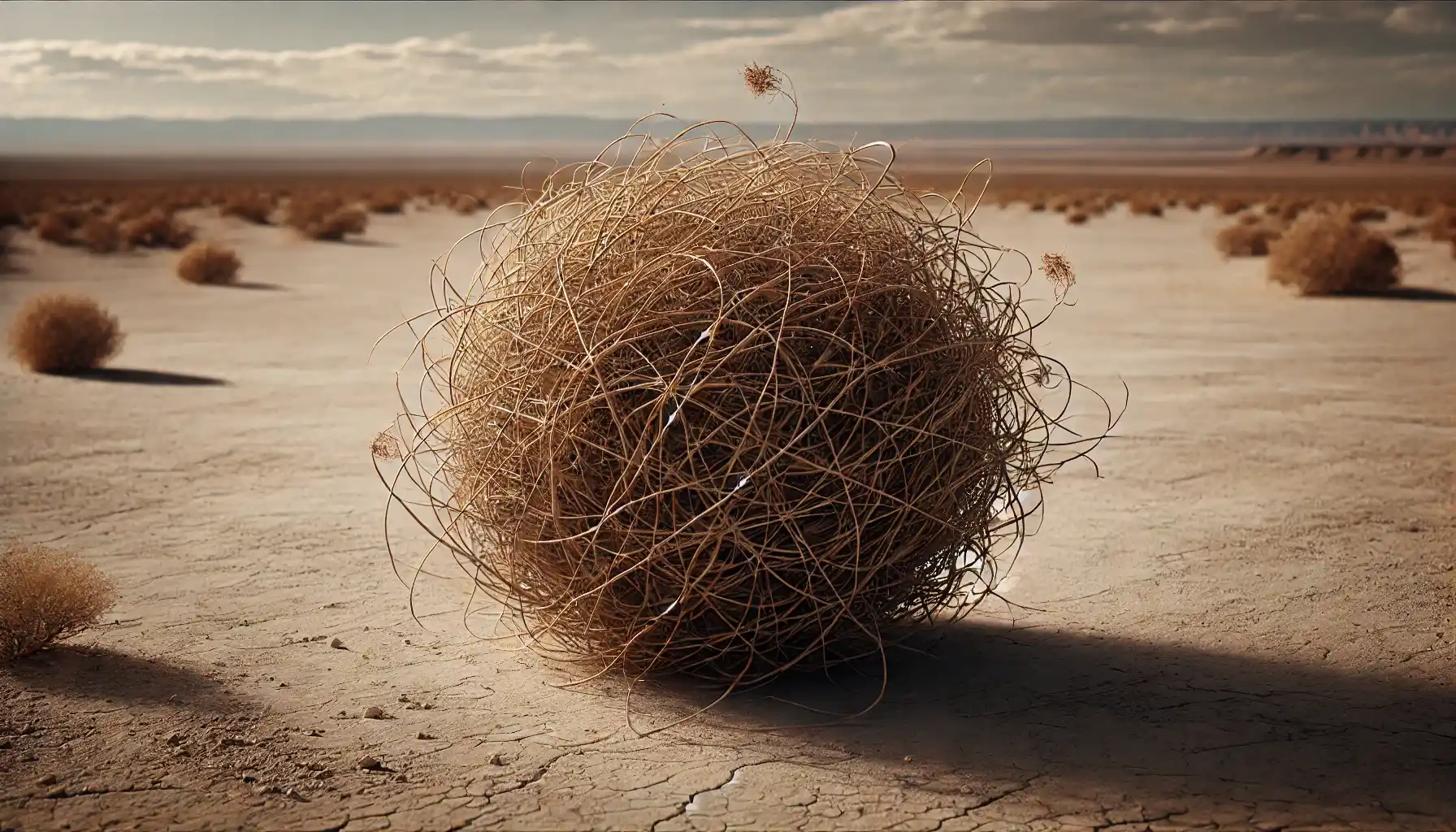Deserts, often seen as the most inhospitable places on Earth, paradoxically harbor plants that not only survive but thrive and flourish. Surprisingly, the world of desert flora is rather diverse. However unexpected it may seem, it features sprawling trees, succulents, and flowering plants, too. But how come it is possible?
In this material, we are going to explore what plants grow in the desert, how they manage to survive in such severe arid environments, and which of these plants may be cultivated in home gardens.
Moreover, you will understand how to take a picture of a plant to identify it.
What You Should Know about Deserts
First of all, it is important to define what a desert really is. Desert is an arid landscape characterized by minimal precipitation and sparse yet unique vegetation. What are plants in the deserts adapted to? It is not the temperature that determines what may be called a desert, but the level of moisture, which is always extremely low.
Despite this fact, the flora of deserts is relatively broad, for plant species successfully adapted to control hydration, survive in these challenging conditions, and thrive.
Here read about Mexican deserts and the plants there: What Plant Makes Tequila and How?
Marvels of Evolution: How Can Plants Survive in the Desert?
What fascinates people most of all is the way plants adapted to temperature fluctuations, limited water, and nutrient-poor soil that would definitely pose a threat to other non-accustomed living beings. Nevertheless, evolution made it possible for plants to develop remarkable features that allow them to grow and even bloom in the harsh conditions of those distant lands.
- Water Conservation Mechanisms: So as to conserve as much water as needed in stems, roots, or leaves, desert plants developed special mechanisms, e.g., stomata closure, that allow them to survive in arid areas.
- Reduced Leaf Surfaces: In order to minimize water loss, desert plants gradually reduced the surface of their “skin” by making leaves tiny or replacing them with small needle-like structures.
- Deep Root Systems: Although deserts cannot boast higher levels of hydration, there exist groundwaters located deep underground, which can be accessed by plants with the help of long and deep root systems only.
- Efficient Photosynthesis: Unlike other members of flora, some desert plants perform a bit different type of photosynthesis to reduce water loss. To be brief, these plants absorb carbon dioxide at night, when the conditions are more or less bearable, store it in the form of acid, and employ it as soon as the sun rises.
As a result of evolution, different adaptive traits help desert plants endure arid conditions where other creatures would not simply make it that long. But what types of plants grow in the deserts?
Succulents
Probably, the most well-known group of plants living in deserts is succulents which come in various forms and sizes. This group encompasses different plant types like cacti, that are characterized by their distinctive appearance and water-storing capabilities. Among other representatives of the succulent group, agave and aloe are seen as popular species with different applications that extend beyond their culinary and medical uses.
Desert Herbs and Shrubs
Those herbs and shrubs that are typical for deserts usually have thick waxy leaves that may fall off during overly dry periods to conserve more water. The most prominent examples include creosote bush, brittlebush, and desert sage as well.
Desert Flowers
When we hear “desert flowers”, we usually perceive it as a pretty metaphor that refers to the eternal unbreakable beauty and resilience no matter what is yet to come. And that is absolutely true that real desert flowers, such as Sand Verbena or Desert Marigolds, are amazing natural creations that manage to deliver aesthetics in the most severe places in the world. Desert Lily, for example, with its large, white flowers demonstrates the power of flora that leaves its traces in deserts, too.
Desert Trees
Rarely do people realize that trees may be widespread in areas with extremely low humidity levels and higher temperatures. Nevertheless, there exist desert trees that can live for hundreds of years and provide a home for birds, animals, and insects as well. What is so unique about these plants is that most of them are also seen as succulents that store water in the stems, branches, and leaves. This is how Joshua Tree, for example, manages to survive for longer periods of time.
By the way, the oldest Joshua Tree is considered to be 1,000 years old! The only thing that may kill such plants is global warming, so let us care about the environment a bit more to preserve a healthy and diverse planet.
Tumbleweed
Generally speaking, we cannot name tumbleweeds another group of plants that inhabit deserts. In essence, tumbleweed is a natural phenomenon that occurs when a part of the plant is detached from the root system and continually blown away. As pictured in Western films, tumbleweeds are round-shaped dry plant structures that can become a problem for the environment, for they are quick to burn and ready to take over territories.
Can You Grow Desert Plants at Home?
As usual, people have domesticated many plants and “forced” them to adapt to the new environments again. Nowadays, having a succulent has become a trend, for most desert plants are seen as extraterrestrial and weird yet captivating creations. So as to identify which plants may survive in a particular environment and what they need to grow, it might be beneficial to employ platforms like AI Plant Finder to explore information effectively.
Enhance Your Gardening with AI Plant Finder
AI Plant Finder offers various tools for plant enthusiasts of all levels and aspirations to create gardens of their dreams or explore the world around them with ease. Those who want to get acquainted with desert plants may rely on the vast plant database that includes over 400,000 species. Gardeners who already take care of their yards may set up reminders so as not to forget about important tasks.
Besides, the AI Plant Finder app helps one identify plants and diseases with photos only. The algorithm thoroughly analyzes a picture taken right in the app and accurately detects all the distinctive features to find out what plant/disease it is. Supported by this information, gardeners can proceed with garden maintenance, for they receive all the necessary details about care needs, planting requirements, plant attributes, and even proper treatment plans.
Beginners who do not know how to care for their greenery properly may turn to the light meter and water calculator to efficiently identify what exactly the plants need and what is appropriate to do next. Moreover, the app’s team implemented AI Botanist, a virtual assistant that may guide you through the most complicated situations when other sources of help are unavailable.
Desert plants are becoming a popular option for indoor gardens, though many plant lovers remain unaware of their actual needs and potential threats. If you happen to own such a plant, make sure you have explored all the necessary details not to harm it but to promote its health and living conditions. Let us be responsible gardeners, not ignorant ones.
AI Plant Finder Related Posts:







